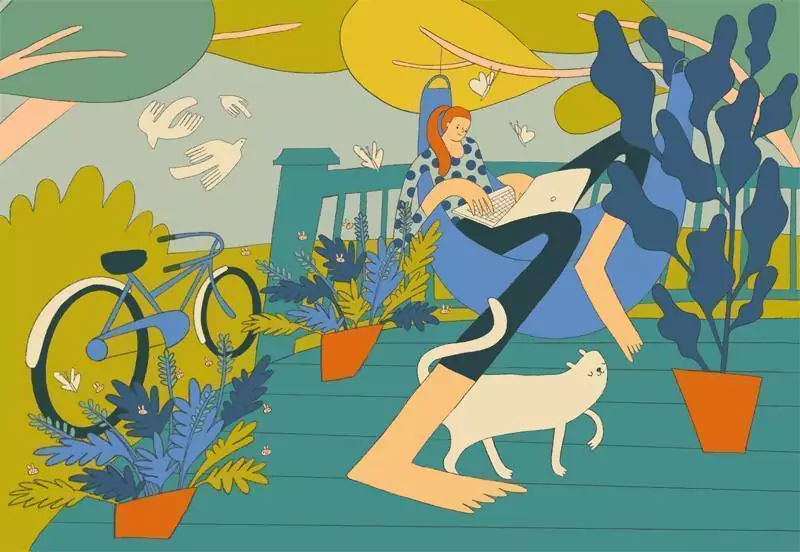Dear Dot,
I’m looking for bed sheets that are both happy to sleep on, and aren’t bad news for our environment. What should I look for?
—Dawn
My dear Dawn,
Are you the same Dawn who wanted to deter pigeons from perching on your balcony (and pooping on your patio?), but only in a kind way? Or are all Dawns gentle souls who want happy pigeons and happy sheets? I’m going to assume that’s the case and endeavor to help you find sheets that would be delighted to envelop you in slumber while being good news (or at least not bad news) for our planet, and while pigeons coo happily on someone else’s balcony.
Lucky for Dot (and Dawn), Bluedot has its very own sheet expert — our own Marketplace editor, Elizabeth, who makes it her mission to find the happiest, most earth-friendly sheets (and other products!) and bring them to our readers. Indeed, Elizabeth has already found these sheets, these sheets, and also these sheets that meet her standards! And Bluedot’s Room for Change columnist Mollie Doyle, offers up a (ahem) cheat sheet, with an eye to only earth-friendly materials.
Let’s start with Elizabeth’s sage and sleepy advice: Let others do the work for you. She’s referring, of course, to certifications that give you a shorthand. Third-party certifications mean that people and organizations with a (usually but not always) robust list of eco-conscious requirements have examined the product and assessed it according to (usually but not always) rigorous standards. I say “usually but not always” because not all third-party certifications are equally legit.
Who can you invite into your sheets? Both Mollie and Elizabeth urge you to look for the following respected certifications: Global Organic Textile Standard (GOTS); Fairtrade; 1% for the Planet; Certified B Corporation; OEKO-Tex; Cradle to Cradle; among others. Mollie turns to the “About Us” section of companies’ websites to uncover information, looking specifically for how the materials for the sheets are grown, chemicals/dyes used in the manufacturing, a traceable supply chain, labor standards, water use in manufacturing, and how the products are shipped and in what packaging.
Of course, even if your sheets meet a scrupulous eco agenda, you want them to offer comfort and ease of use.
Dot, for instance, loves linen sheets and pillow cases. Linen is a low-impact fabric (environmentally), but Mr. Dot considers it a high-discomfort fabric so … no linen sheets in the Dot household, though our duvet cover is a lovely, rumply linen that I adore.
It’s pretty much a case of “trial and error,” Mollie Doyle says. “Bed linens are personal.”
Indeed. I’m not sure it gets any more personal than what we snuggle up against night after night.
Dreamily,
Dot


